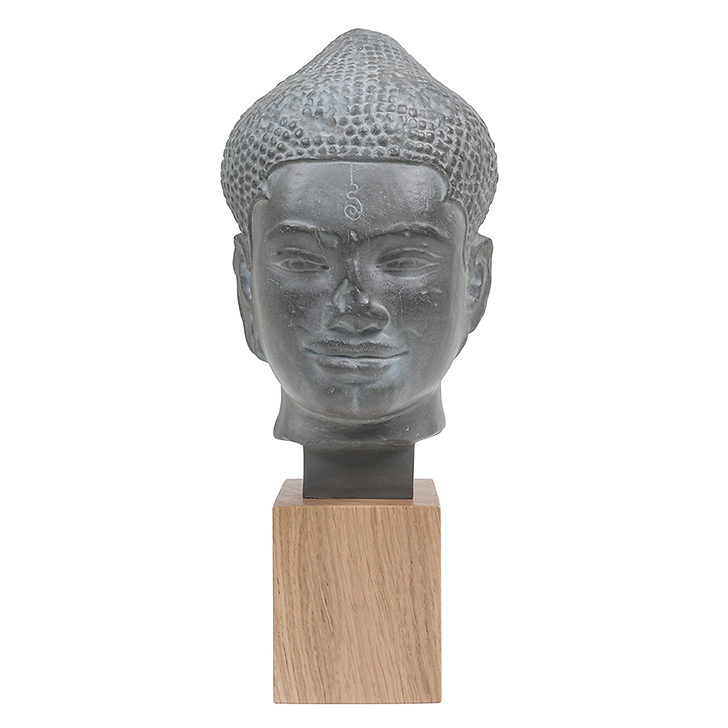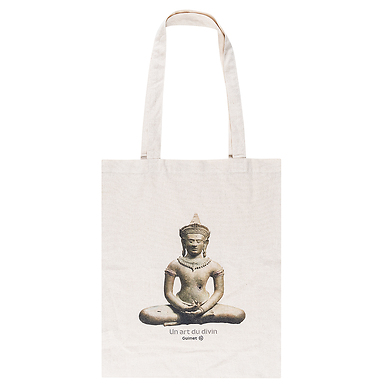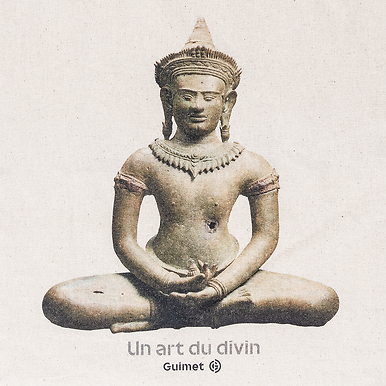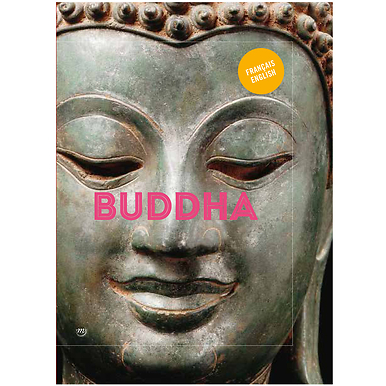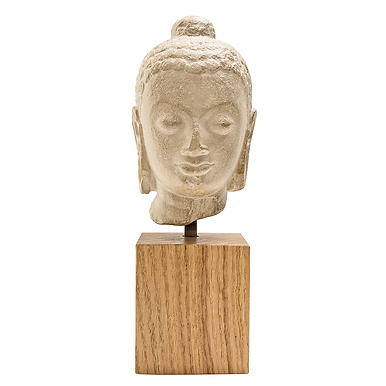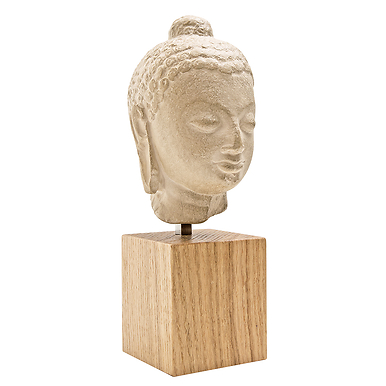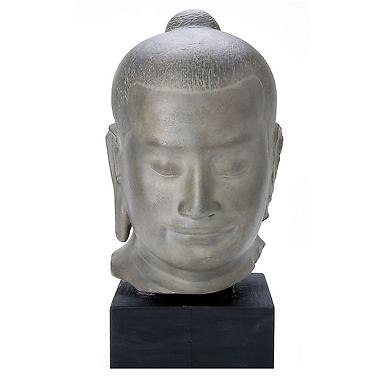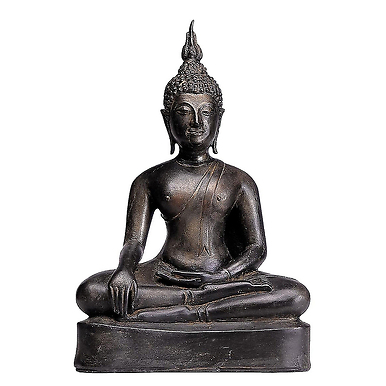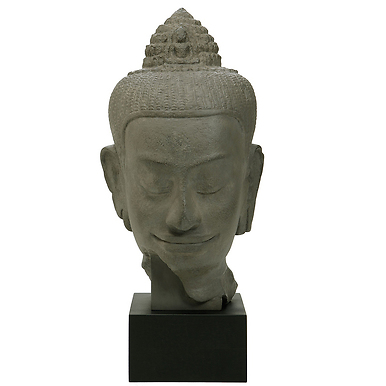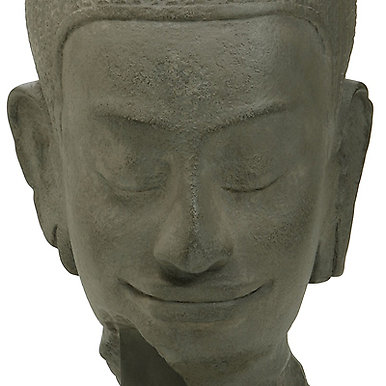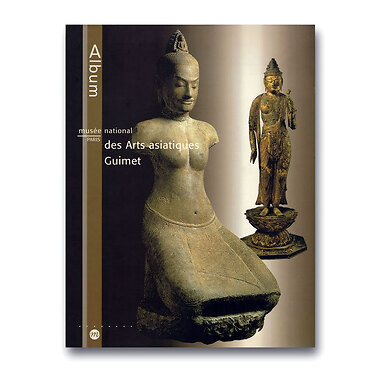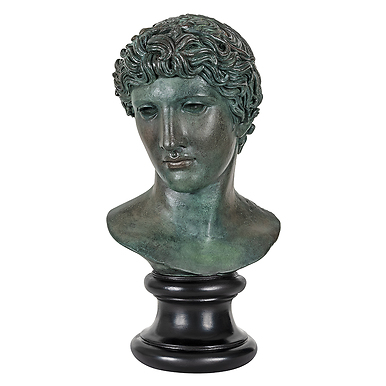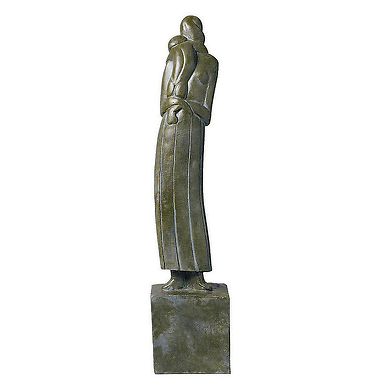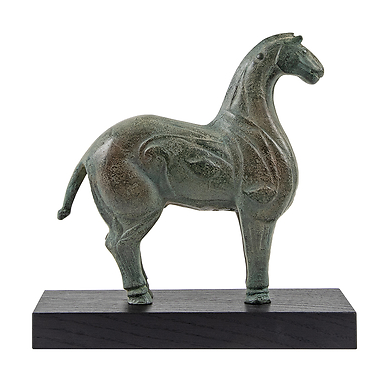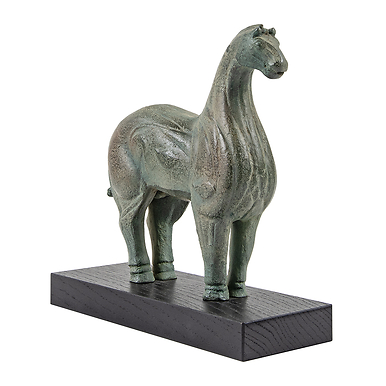Sculpture Angkor Wat Buddha
RK007601
This is the reproduction of a stoneware statuette dated from the 12th-13th centuries.
Buddhism, which spread from India, did not become the prevailing religion in Cambodia until the end of the 12th century. It was nevertheless the inspiration for some very fine sculpture as of the 7th century.
During...
Read more
This is the reproduction of a stoneware statuette dated from the 12th-13th centuries.
Buddhism, which spread from India, did not become the prevailing religion in Cambodia until the end of the 12th century. It was nevertheless the inspiration for some very fine sculpture as of the 7th century.
During the 11th century, an ethnic type was imposed on sculptors who broke away from the Indian influence of the past. This movement led to a series of faces, both Buddhist and Brahminic, which idealized the features of the Khmers : the smile appeared during this period, reaching aesthetic heights in the 12th and 13th centuries.
The cranial protuberance, one of the canons for portraying the Buddha, like his curly hair, are interpreted in the Khmer style in this work, as in the variations found all over South-East Asia.
Close
Login to see prices
Sold by GrandPalaisRmn

